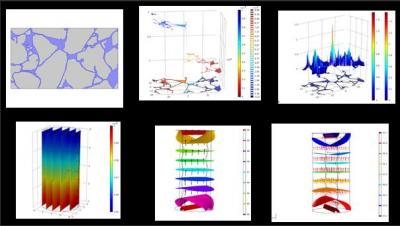
Understanding the flow behavior through fractures is critically important in a wide variety of applications. In many situations, the fluid flow can be highly irregular and non-linear in nature. The study of fluid flow through fractures is helpful for systems involving various aspects of reservoir geomechanics. Fluid flow modeling has a major application in oil, gas production, dam foundation, coal mining and waste disposal, subsurface flow and carbon dioxide geosequestration, natural hazards and shale gas extraction. Fluid flow through fractures is also responsible for many ore deposits and hydrocarbon migration. The mechanics involved in the fluid flow through fracture are very complex and complicated and not resolved fully in spite of worldwide attention. The present study is focused on the factors affecting fluid flow through discontinuities. Hence, a parametric study has been conducted using COMSOL multiphysics on the fluid flow through micro-fracture over a large range of inlet pressure, fluid density, fluid viscosity, temperature, joint roughness coefficient (JRC), and fracture using finite element analysis. Fractures can behave as hydraulic conductors, and provide easy pathways for fluid to flow through them. To study fracture flow behavior in porous rocks, a 3D model is developed to investigate the flow pattern in fracture and matrix simultaneously.
Prof. S R Rege
